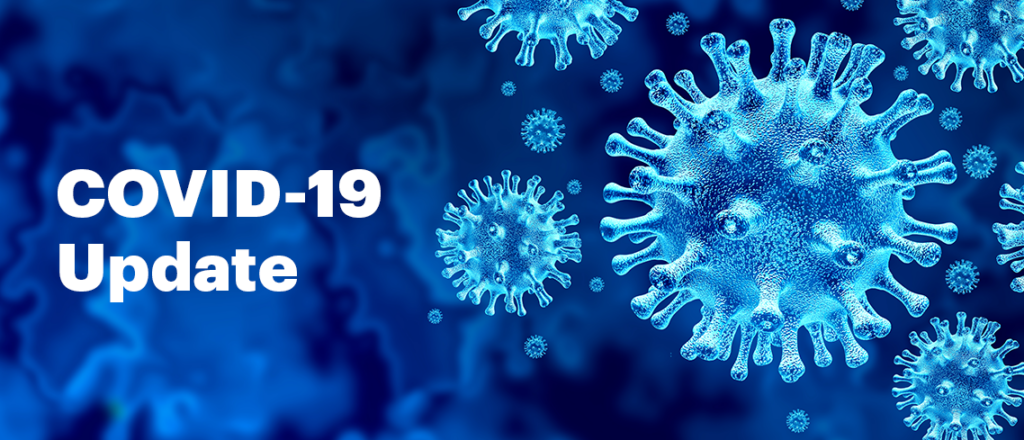
JDRF is committed to providing the T1D community with the most up-to-date and relevant information about the ongoing COVID-19 pandemic and its impact on those living with the disease.
As of January 2022, Canada is once again amid what appears to be the worst wave of the pandemic, with the emergence of the Omicron variant. This is not the place we imagined we’d be in the beginning of 2022, nearly a year after the vaccine rollout began and two years into the pandemic. It is a time of understandable uncertainty, fear, and frustration.
While we are undoubtedly exhausted and experiencing pandemic fatigue, until the rate of COVID-19 cases declines, we must continue to take every precaution to try our best to prevent exposure for both ourselves and those in our communities.
We recommend getting boosted (a third vaccine dose) if you haven’t already. There are also approved vaccines for children between 5- 11 years old.
Having T1D doesn’t increase the risk of contracting any of the COVID-19 virus variants, but people with T1D – particularly adults – do have an increased risk of serious outcomes if they develop the disease. And Omicron is exceedingly contagious.
Like other COVID variants, Omicron can also be transmitted when a person is asymptomatic or pre-symptomatic, so even if you are feeling fine, it is important to always follow these guidelines to protect yourself and those around you.
Important steps to take to limit exposure

COVID-19 is airborne. This means that tiny virus particles can linger in the air after being exhaled by someone who is infectious. Make sure whenever you leave the house and will be in an indoor setting to have a very well-fitting mask. Ideally, wear an N95 mask which can filter out up to 95% of microbes. If you can’t find an N95, double masking with a medical grade surgical mask (the blue masks you can find at pharmacies) with a tightly fitting cloth mask on top can work nearly as well as an N95. An effective way to check if the mask is tight enough is to wear glasses after you have put on your mask(s) and exhale forcefully. If the glasses fog up, this means air is escaping from the sides or top of the mask. Adjust accordingly until the seal is tight.
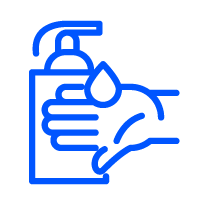
Maintain strict hygiene. Wash your hands every time you come home, or after handling/opening a delivery/package etc.
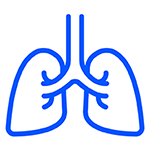
Good ventilation is essential in an indoor setting. Prolonged exposure to aerosolized particles, which are heavier in indoor spaces with low ventilation, significantly increases your risk of being exposed to COVID-19. If possible, avoid spending time indoors anywhere that is not your household, and do not go anywhere without a well-fitted face covering.
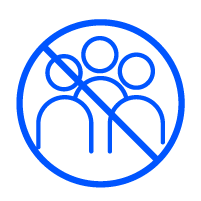
Minimize your social interactions and trips outside the house, if possible, and try to avoid busy times or crowds when you do. Always maintain social distancing from non-household members, including while outdoors. Wear masks whenever you are spending time with anyone who is not in your immediate household. This includes receiving deliveries etc.
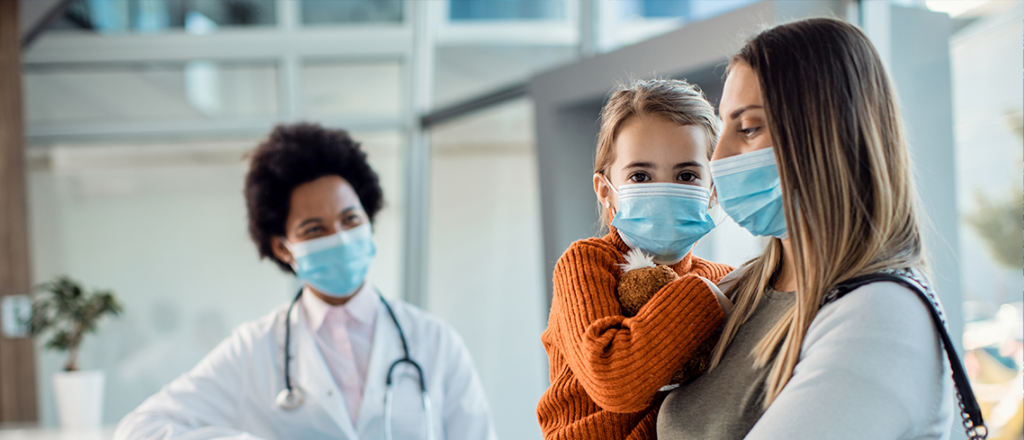
What should I do if someone in my family with T1D tests positive, or I test positive and have T1D?
If you have COVID-19 symptoms, please contact your healthcare professional. There is a shortage of PCR tests across Canada (nasal swab performed by a healthcare professional and tested at a lab). If you have access to rapid antigen tests, and that test shows you are positive, consider that a confirmed infection. You should then follow public health guidelines on isolation (these differ by province) until you are recovered and symptom-free.
Important steps to take when COVID-19 positive with T1D
COVID-19 elevates the risk of diabetes ketoacidosis (DKA). It is essential to more closely monitor your blood glucose levels and ketones. Making sure you are eating and drinking enough when sick is a challenge. Try and ensure you are eating a balance of protein and carbs and drinking plenty of liquids, even if it’s hard.
Additionally, you are likely taking over the counter medications to help manage your symptoms. Decongestants for congestion and cough can raise blood glucose levels. Suspension (or liquid) medication and cough drops frequently contain sugar.
Some fever reduction medications can be hard on the kidney and liver (like acetaminophen found in Tylenol) and should be taken with caution if you have kidney complications. Aspirin in large doses can lower blood glucose levels. Ibuprofen (found in Advil) can increase the hypoglycemic effect of insulin.
All of this can further complicate blood glucose management.
If you use a continuous glucose monitor (CGM), flash glucose monitor or finger sticks, checking your blood glucose level every few hours can help you better notice any unusual changes. You may also require more insulin. If you can, make sure you have an extra supply on hand.
As well, be extra vigilant checking for ketones (a sign that the body is using fat and muscle for energy, instead of sugar). DKA requires immediate medical attention. An added challenge is the symptoms of DKA can feel flu-like, as do the symptoms of COVID-19. If you notice increased and rapid breathing, and a fruity or sweet smell emanating from the body – this is a sign that the body is trying to rid itself of ketones.
If you or a loved one with T1D do end up needing to go to the hospital, here is more information on how to best prepare. https://breakthrought1d.ca/t1d-and-covid-19/hospital-visits-during-covid-19/
For more tips on maintaining more consistent blood sugar readings: https://breakthrought1d.ca/covid-19-and-t1d-together-we-can-keep-our-community-safe/
This has been an ongoing time of intense stress. Please ask for help, either from family, trusted friends or a professional if you are overwhelmed. Trying to manage your diabetes along with protecting yourself and your loved ones from COVID-19 is not easy. Speak to your healthcare provider or support network about accessing additional resources and help.




